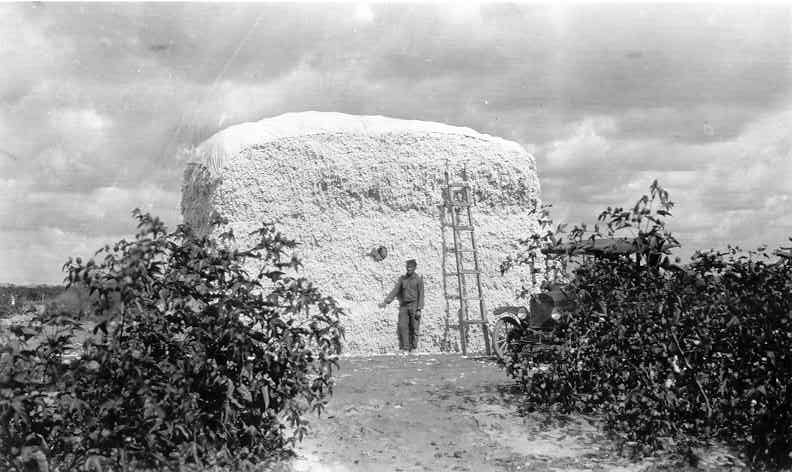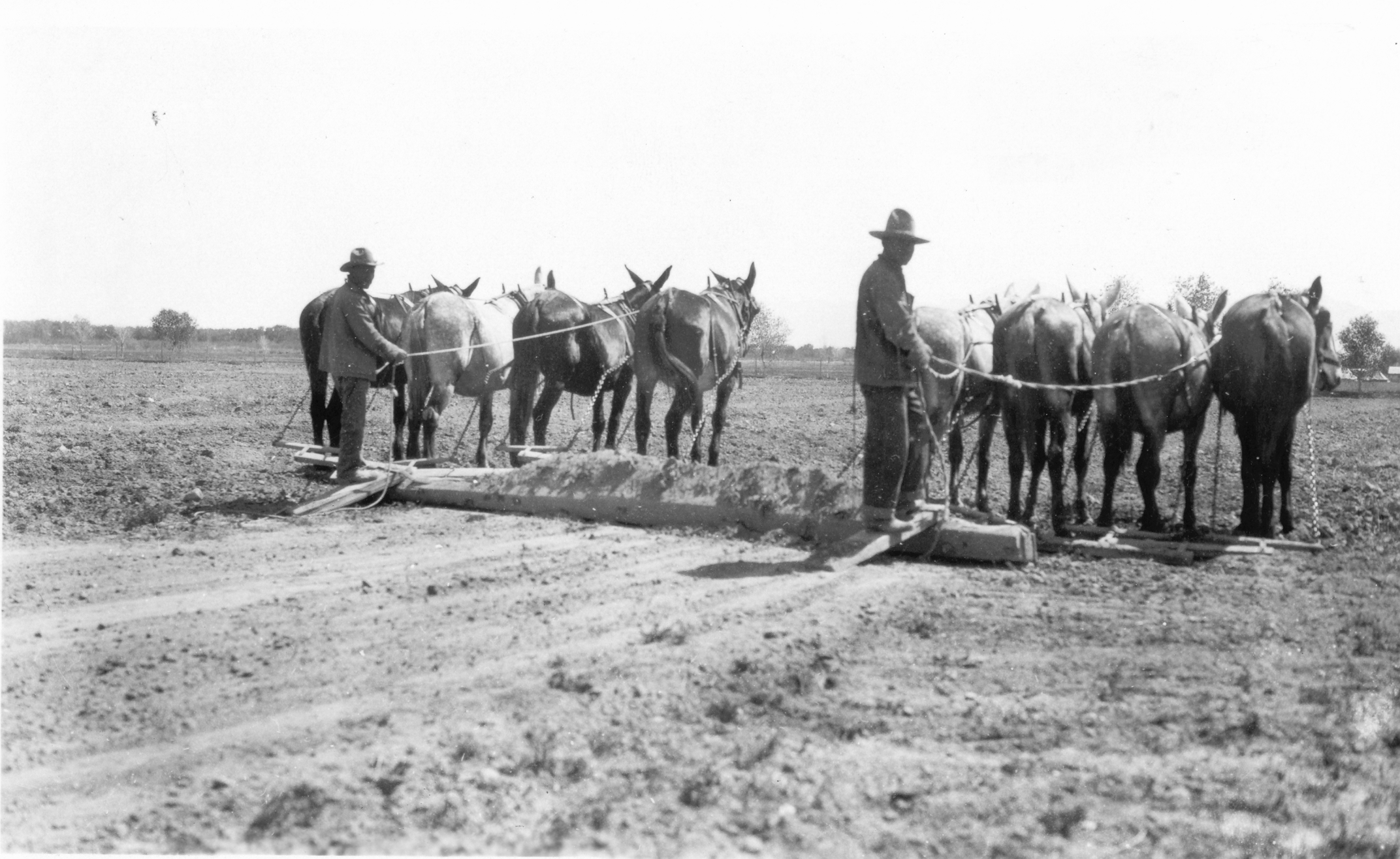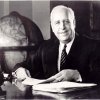Development of Goodyear Farms
Development of Goodyear Farms
Litchfield Park, Arizona
The area of Litchfield Park started with Mr. Paul Litchfield of Goodyear Tire & Rubber Company purchasing 16,000 acres of  land to plant cotton for his newly patented pneumatic tire. The development of this area brought many changes as the desert was cleared for planting. The earlier settlers had cleared 5,000 acres and another 2,500 men and 1,200 mules were brought in to clear more land. Workers came from Mexico, Texas, Indian Reservations, and local area workers cleared another 3,500 acres for planting in January of 1917. Cotton was the main crop of the Southwest Cotton Company as it was needed for Goodyear’s pneumatic tire cord. By 1918 approximately 2,700 acres of cotton, 1,000 acres of Alfalfa and 700 acres of summer crops with full crop rotation had been planted.
land to plant cotton for his newly patented pneumatic tire. The development of this area brought many changes as the desert was cleared for planting. The earlier settlers had cleared 5,000 acres and another 2,500 men and 1,200 mules were brought in to clear more land. Workers came from Mexico, Texas, Indian Reservations, and local area workers cleared another 3,500 acres for planting in January of 1917. Cotton was the main crop of the Southwest Cotton Company as it was needed for Goodyear’s pneumatic tire cord. By 1918 approximately 2,700 acres of cotton, 1,000 acres of Alfalfa and 700 acres of summer crops with full crop rotation had been planted.
Cotton prices peaked in 1920 and by 1921 crashed. This downward spiral continued until 1923 and resulted in the curtailment of cotton production by Goodyear’s Southwest Cotton Company. Goodyear’s cotton oil mill was sold in 1923. The stock market crash in 1929 caused a further reduction in cotton production and Goodyear land was leased or rented through 1935.
Practically all of the idle land was converted into pasture for grazing several thousand head of sheep and cattle. Citrus trees were planted and as cotton prices rose, cotton was planted again. Pima cotton was no longer needed for tires as Goodyear was turning to rayon for tire production. New enterprises developed in the mid 1940’s. Chief crops included cotton, alfalfa, barley, wheat, maize and sorghum grains. New grain elevators were built for storage space. The Southwest Cotton Company was officially changed to Goodyear Farms in 1943. In the mid to late 1940’s the Goodyear Farms operation expanded as the farms had grown with many new activities. The ranch operation included horse stables with a rodeo area and a large cattle operation. Growing scientific grains for the cattle became the main operation of the farm. Large fields of hay were grown, baled and stored in barns for the cattle.
In the 1950’s the cattle operation at Goodyear Farms grew into a new program as cattle were shipped by railroad from farmers around the country to be fed and prepared for market. The cattle arrived by railroad spur to a large pen area prepared by Goodyear to house as many as 9,000 cattle. This many cattle arrived twice a year. Goodyear had a contract with farmers to feed them scientific cattle food and house them. An automatic feeding system was developed to feed 600 cattle at the push of a button. Large storage bins were built to house the grains. The cattle arrived at around 400 pounds and when they reached about 1000 pounds they were shipped off to market in California. Some of the cattle were marketed by their owners.
Goodyear Farms was a major contributor to the growth of agriculture in Arizona. Farmers from around the world had their work made easier and more effective because of studies and achievements made at Goodyear Farms. Mr. Paul Litchfield was the inspired genius behind Goodyear’s farm operation in Arizona.





